


Zimbabwe’s Central Bank Starts Africa’s Path to a Gold Standard
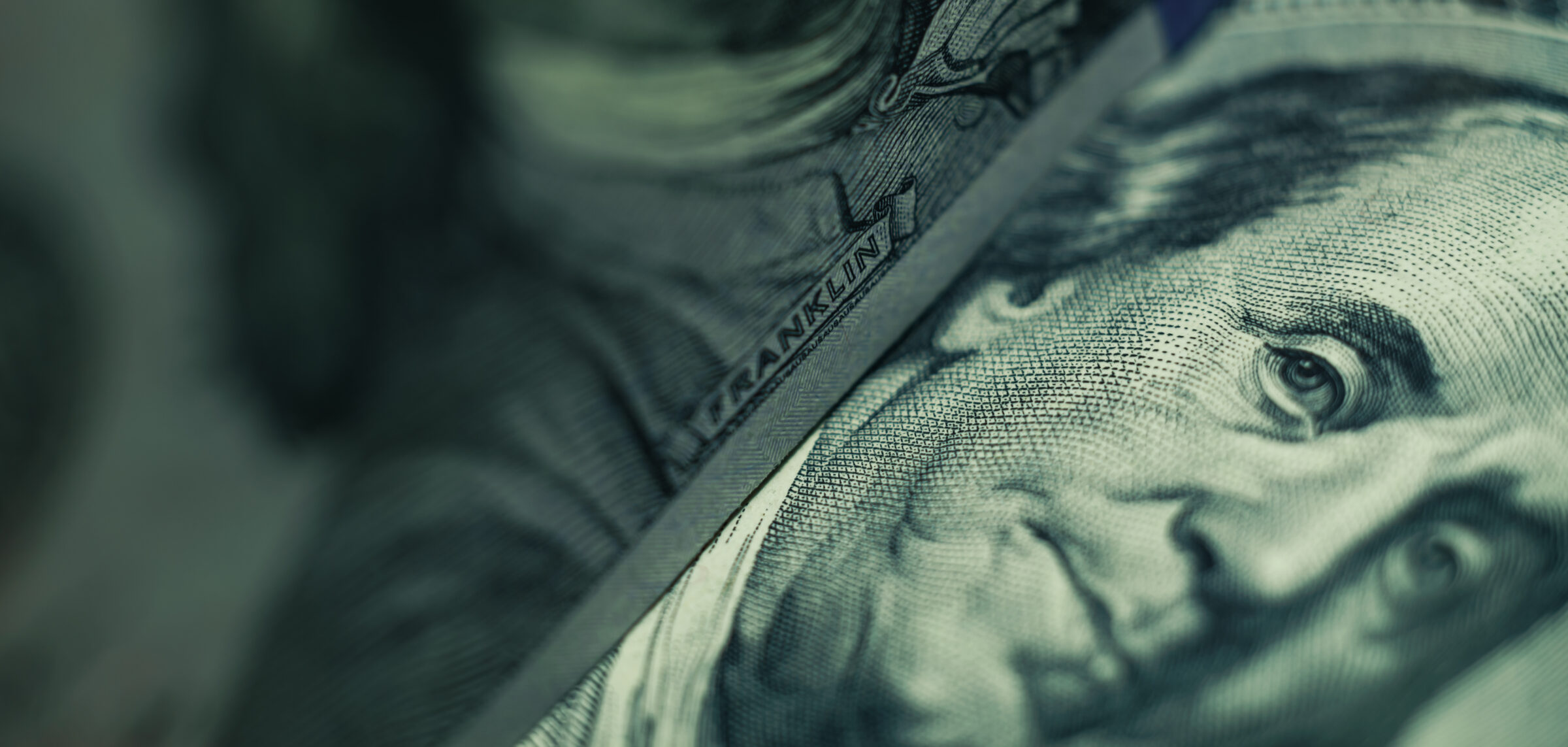
Reserve Currency? We Don’t Need No Stinkin’ Reserve Currency
A hot question among economic pundits of late is, “What will replace the US dollar (USD) as the world’s reserve currency?” Perhaps a better question is, “Does there need to be an actual replacement?” Currently, the USD plays several major roles: There would appear to be no current alternative that completely contains every one of these attributes. But recently, there has been a plethora of bi-lateral and multi-lateral trade agreements, particularly among the BRICS nations (Brazil, Russia, India, China, South Africa), which provide the ability to settle trade transactions in local currency or other acceptable payment mechanisms, thus satisfying the USD role number one cited above. Simply put, if a country can settle much of its trade liabilities without requiring the Read More ›

How Learning Inverts the Supply Curve
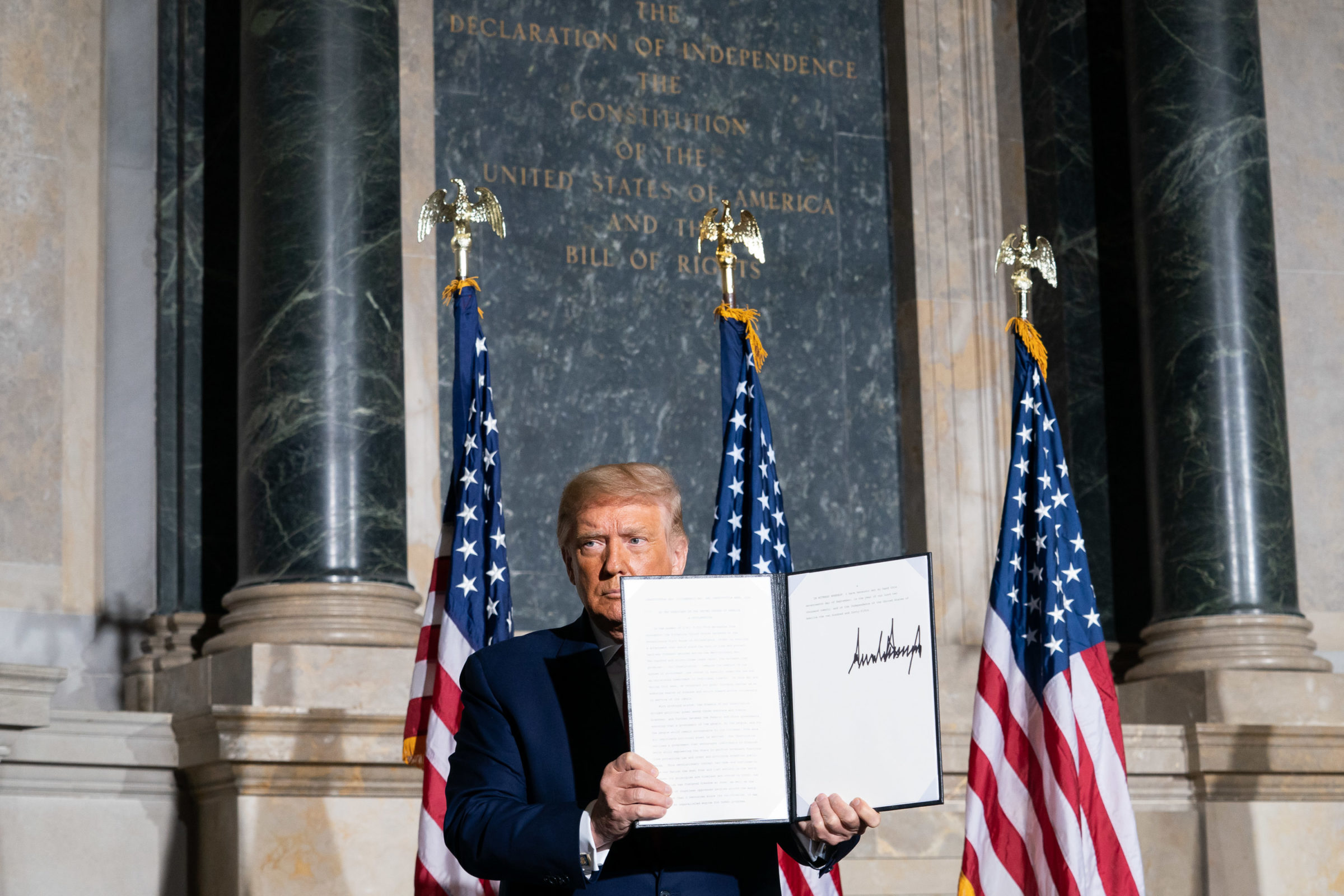
The Truth About Critical Race Theory
Moderator Chris Wallace asked President Trump during last week’s debate why he “directed federal agencies to end racial-sensitivity training that addresses white privilege or critical race theory.” Mr. Trump answered: “I ended it because it’s racist.” Participants “were asked to do things that were absolutely insane,” he explained. “They were teaching people to hate our country.”
“Nobody’s doing that,” Joe Biden replied. He’s wrong.
My reporting on critical race theory in the federal government was the impetus for the president’s executive order, so I can say with confidence that these training sessions had nothing to do with developing “racial sensitivity.” As I document in detailed reports for City Journal and the New York Post, critical race theory training sessions in public agencies have pushed a deeply ideological agenda that includes reducing people to a racial essence, segregating them, and judging them by their group identity rather than individual character, behavior and merit.
The examples are instructive. At a series of events at the Treasury Department and federal financial agencies, diversity trainer Howard Ross taught employees that America was “built on the backs of people who were enslaved” and that all white Americans are complicit in a system of white supremacy “by automatic response to the ways we’re taught.”
- Money Is Time and Time Flies

- Zimbabwe’s Central Bank Starts Africa’s Path to a Gold Standard

- Reserve Currency? We Don’t Need No Stinkin’ Reserve Currency
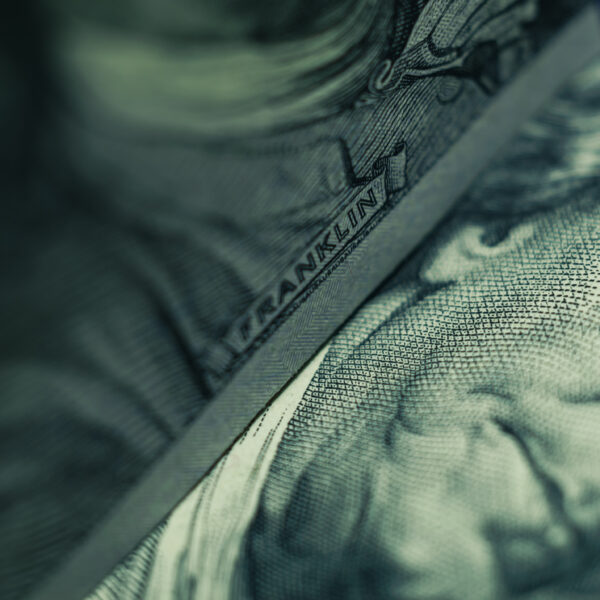
In accompanying documents, Mr. Ross argues that whites share an inborn oppressive streak. “Whiteness,” employees are told, “includes white privilege and white supremacy.” Consequently, whites “struggle to own their racism.” He instructs managers to conduct “listening sessions” in which black employees can speak about their experience and be “seen in their pain,” while white employees are instructed to “sit in the discomfort” and not “fill the silence with your own thoughts and feelings.” Members of “the group you’re allying with,” Mr. Ross says, are not “obligated to like you, thank you, feel sorry for you, or forgive you.” For training like this, Mr. Ross and his firm have been paid $5 million over 15 years, according to federal disclosures.
Read More ›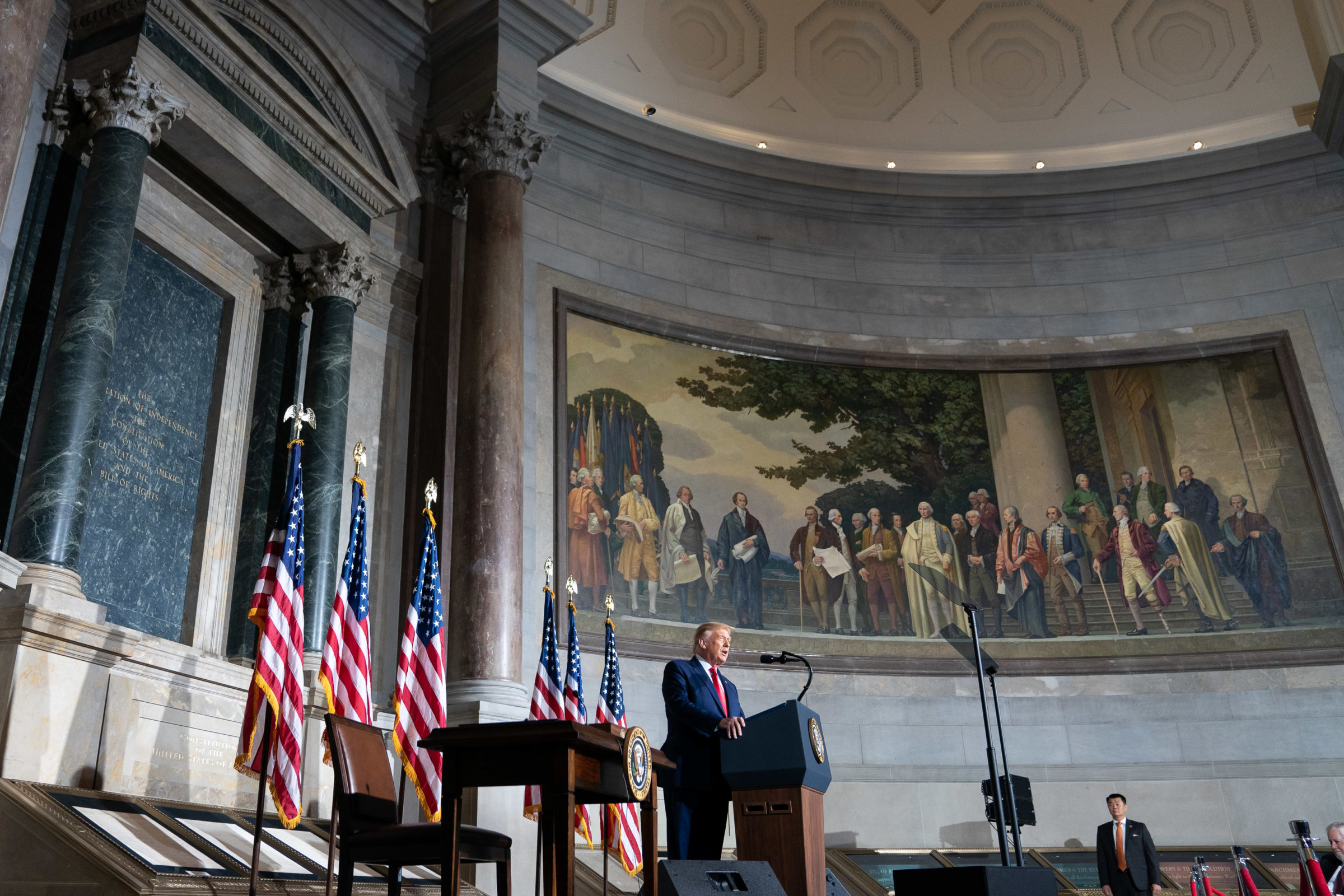
Defending American Values, and History

The Epoch Times’ Jan Jekielek Interviews Christopher Rufo on Critical Race Theory
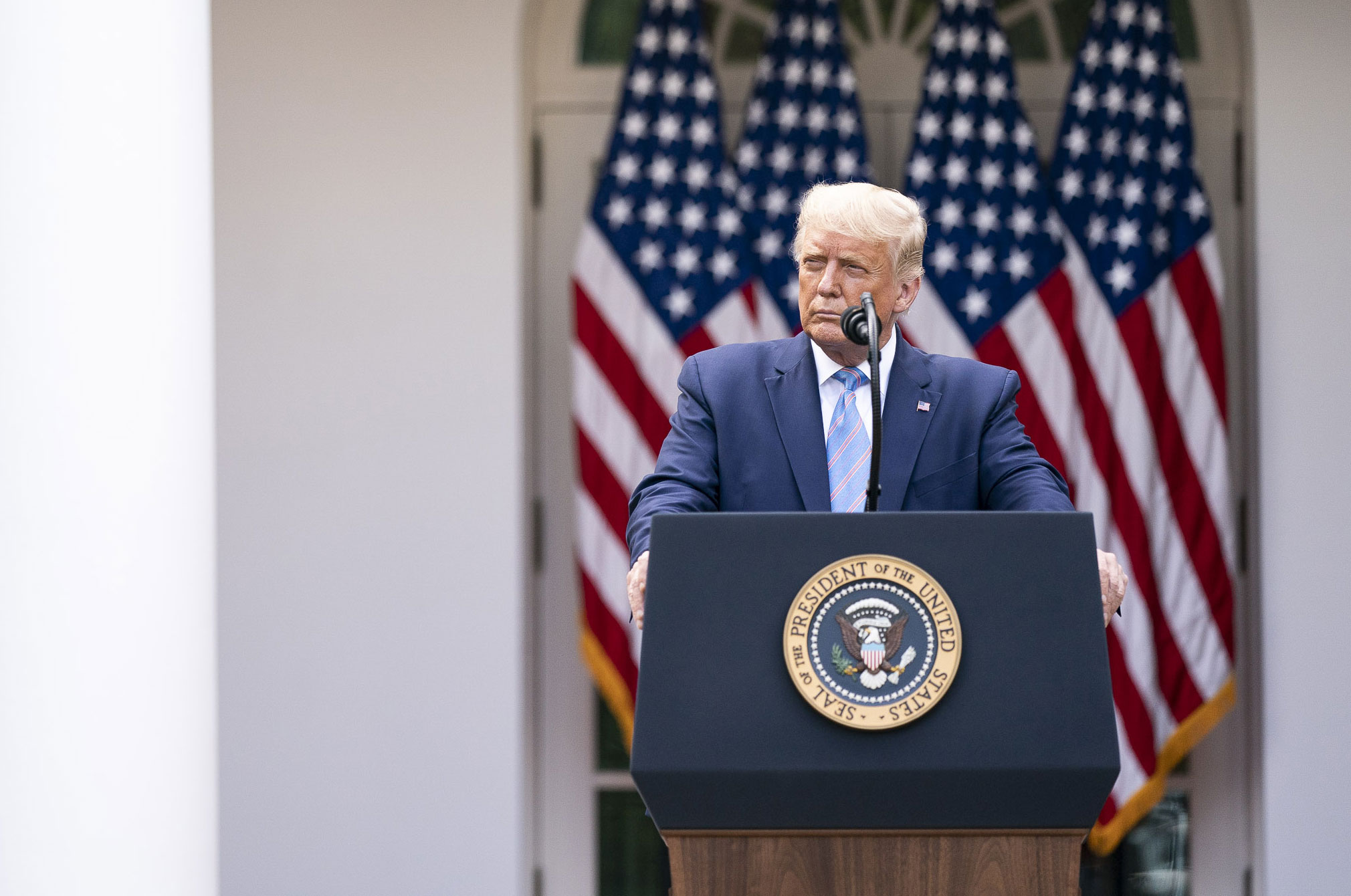
Even after Trump Ordered an End, Federal Agencies Still Push Insane ‘Critical Race Theory’

Christopher Rufo Vs. The CRT Goliath

